Setup
In this step, you will complete a series of preliminary tasks.
Step 1. Install VS Code
To edit XML files in this course, we will use the free application Visual Studio Code. Download it from the VS Code website and install it on your computer.
If you are unable to download and install the software on your computer for any reason, you can also open it in your browser. However, you will not be able to install the extension discussed in step 2. That extension will make your work easier, so please try to get the software installed locally on your computer.
Step 2. Install "Scholarly XML" extension
1. Launch VS Code.
2. Click on the Extensions icon on the left (or in the menus at the top, select Run > Install Additional Debuggers).
3. In the serch box, enter "scholarly xml."
4. "Scholarly XML" should appear. Click on it, and then click "Install."
Step 3. Access your first assigned document
Your first document has been selected for you. It will be a short item of 1-3 pages.
See this spreadsheet (you already have access to the spreadsheet, but you will need to be logged into your UNF email). You will find your name in the column labeled "Assigned to."
In the corresponding column labeled "Link to EW XML file" you will find the URL of that item on our server. Click on that URL or copy and paste it into your browser.
Select File > Save As (or Ctrl/Command + s, or whatever the corresponding options are in your browser) and save a copy of the XML file locally.
Note that if you are prompted whether to download the page source or a web archive (this may happen in Safari, for instance), you must choose the page source.
Be sure to save it in a place where you can find it later (Documents, etc.).
Do not change the file name.
Step 4. Open your file in VS Code
In VS Code, select File > Open, and browse to the XML file you saved in the previous step.
VS Code may show you a prompt asking whether you want to open in Restricted Mode. You can either click "Open in Restricted Mode" or "Open." Restricted Mode prevents malicious code from automatically executing. Our XML files contain no code, so this should not be an issue.
If you open a file in Restricted Mode, you will still be able to edit and save, but the debugging features that will help you find problems in your XML file will not function. For the purposes of this page (Setup), this doesn't matter, but you will want to be able to use those tools when you get to Basic Encoding. You can always tell VS Code later to trust a file that you originally open in Restricted Mode.
Step 5. Make a small change and save your file
Search in your file for the sentence "Your name here." This should be on or near line 14 of the file:
<name>Your name here</name>
Replace that phrase with your full name. Do not alter the XML elements <name> and </name>. After your change, it should look like this (with Lucy Johnson being a placeholder for your actual name):
<name>Lucy Johnson</name>
Then save the file (File > Save (or Ctrl/Command + s).
